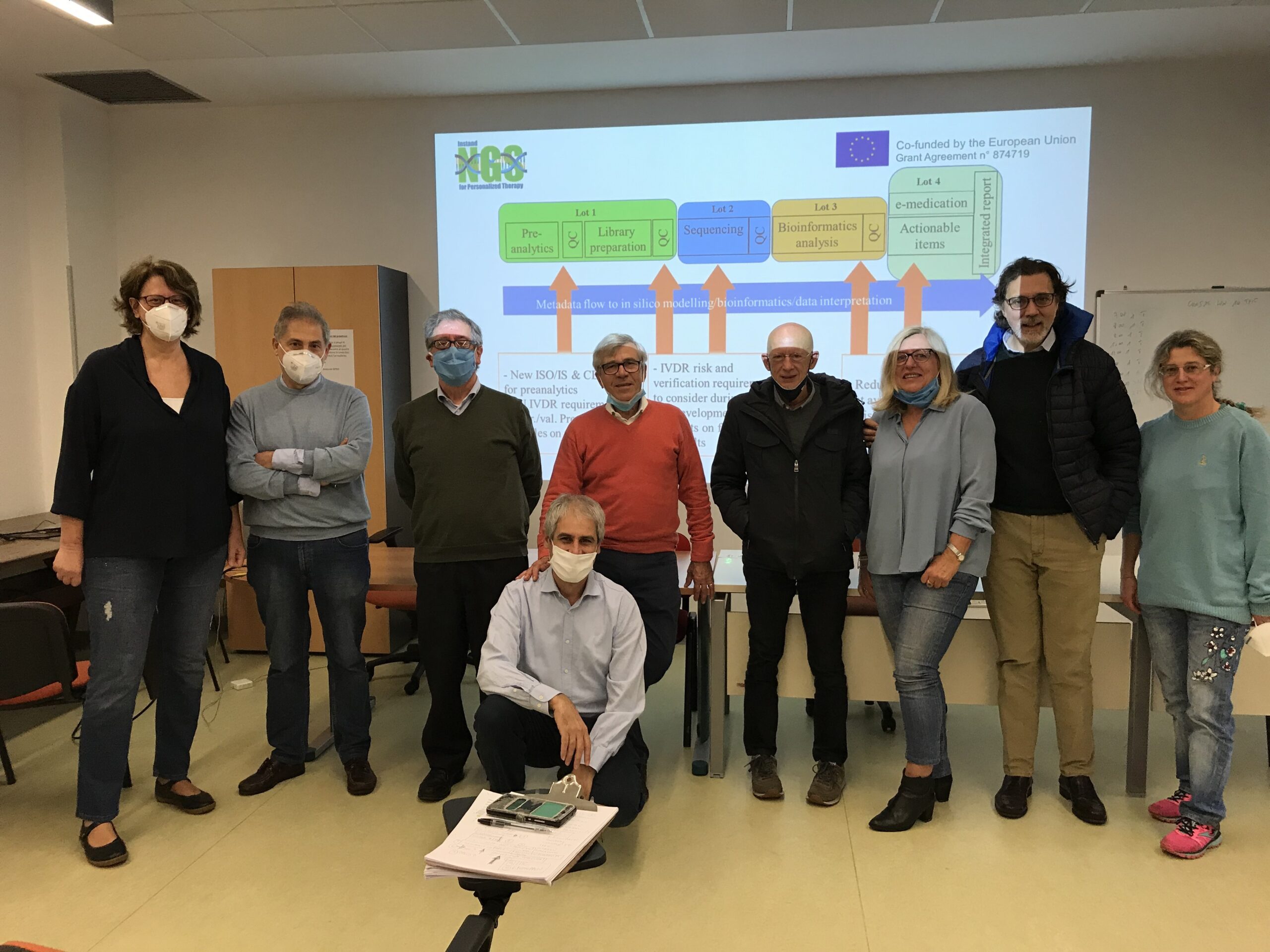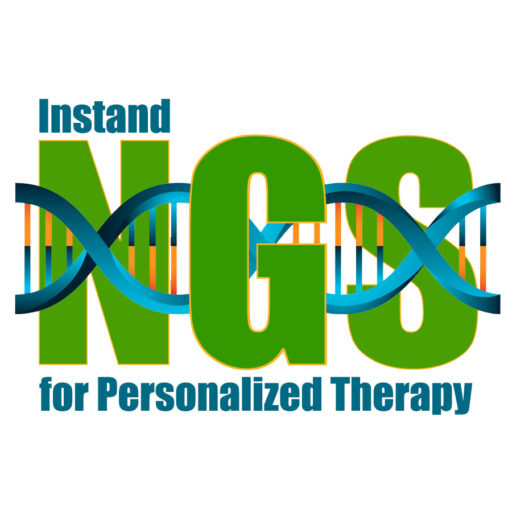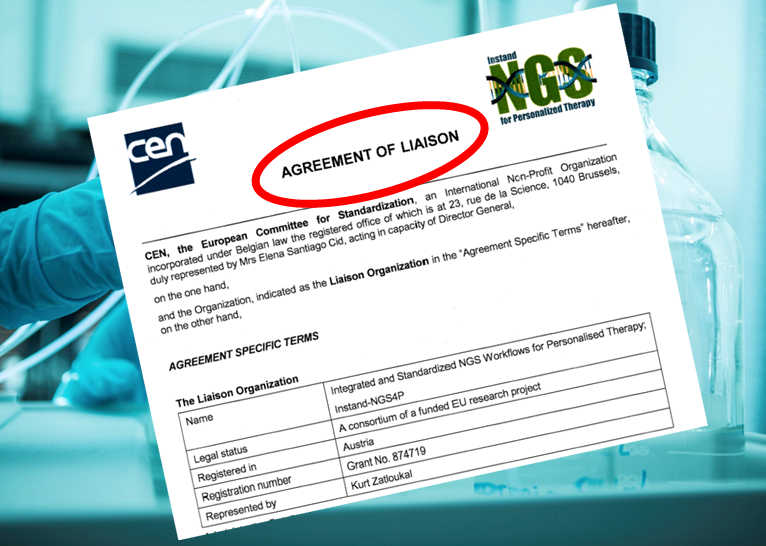The EU-Instand-NGS4P project presentation at the Istituto per lo Studio, la Prevenzione e la Rete Oncologica (ISPRO).
The Istituto per lo Studio, la Prevenzione e la Rete Oncologica (ISPRO) is a body of the Tuscany Regional Health Service whose purpose is to promote, measure and study primary, secondary and tertiary actions for cancer prevention and to organize and coordinate, in synergy with other bodies of the regional health service, prevention, diagnosis, treatment and research in the field of oncology. Inside ISPRO, the Core Research Laboratory operates, through different Units located in Florence, Siena and Pisa, with the task of creating basic and translational research synergies within the regional oncology network.
On October 7, 2020, a meeting has been organized to make aware this regional organization of the aims and goals of the EU Project INSTAND-NGS4P. The presentation was focused on two major aspects: the scientific, ethical and structural aspects of the project and some basic concepts of the Pre-Commercial-Procurement (PCP) instrument of this EU-call that can represent an innovative approach to implement the results of the project.
Other than the Director of ISPRO (Prof. Gianni Amunni) and some of the Group Leaders of ISPRO Core Research Laboratory (Barbara Stecca PhD, Maria De Angioletti PhD, Silvio Conticello MD PhD, Rosario Notaro MD), participated at the meeting Prof. Andrea Galli, Head of the Department of Experimental and Clinical Biomedical Sciences “Mario Serio” of the University of Florence (the contacting Department of this EU-Project), Prof. Enrico Mini, full Professor of Medical Oncology at the University of Florence, and the UNIFI partners of the INSTAND-NGS4P (Prof. Mario Pazzagli, Prof. Pamela Pinzani and Francesca Salvianti PhD). The discussion followed the presentation underlined the need of further interactions to identify synergies that could be mutually beneficial.



